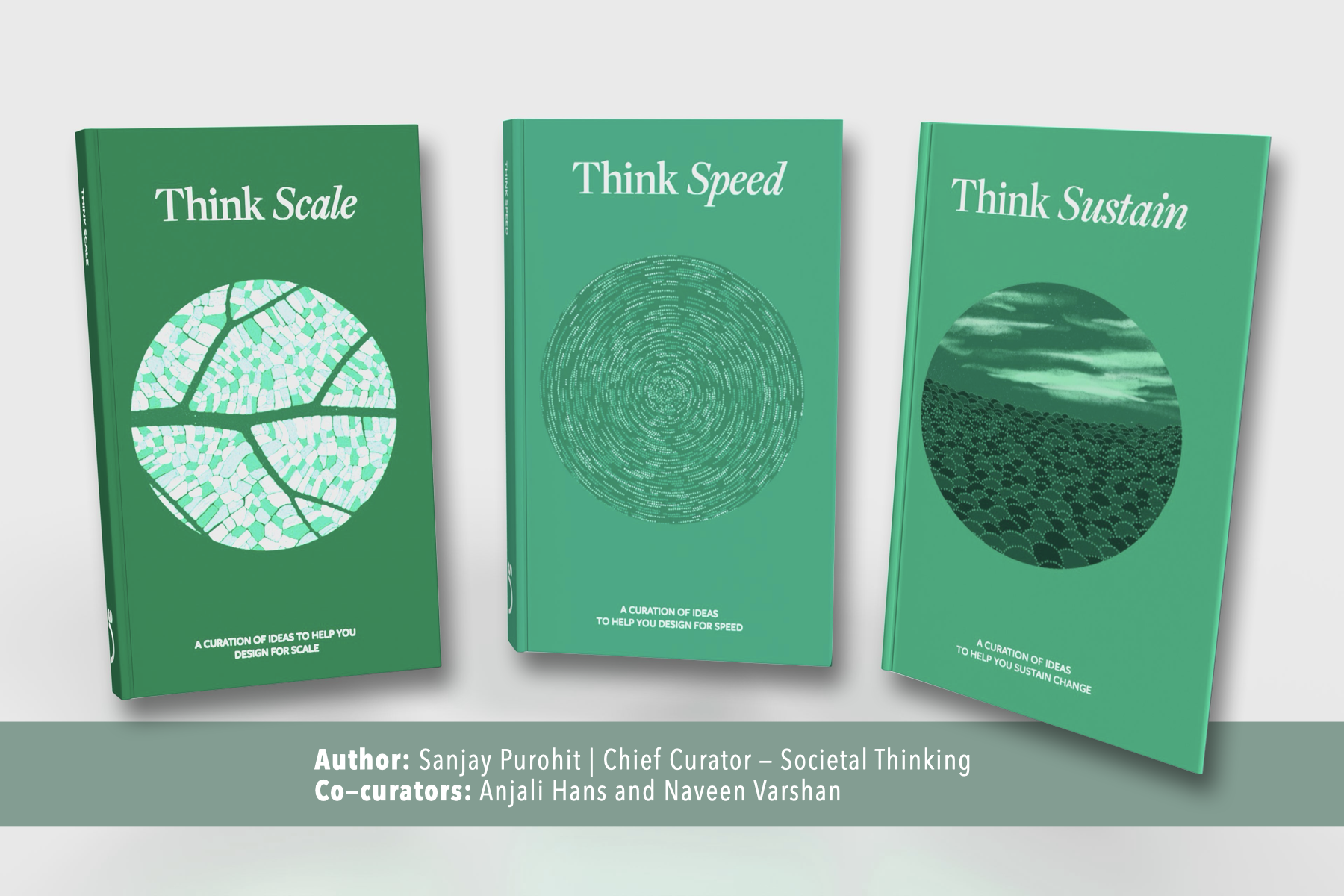Last year, I spoke to Gautham Ravichander from eGov Foundation for a behind-the-scenes glimpse into the National Urban Innovation Stack – a Digital Public Infrastructure that powers innovation, collaboration and problem-solving between actors across government, industries and citizens. The first part of our conversation traces how eGov enabled these actors to collectively reimagine India’s cities as engines of growth, collaboration and innovation. This part takes us through the journey of bringing this reimagination to life.
What were the twists and turns, serendipitous moments and milestones in your journey?
We met Jagan Shah, the then Director of the National Institute of Urban Affairs (NIUA). He had been part of conceptualising India’s Smart Cities Mission and had been thinking about how we could unlock the potential of urban India. Soon, we started conceptualising frameworks for urban governance. In this process, we got introduced to MoHUA and the Secretary asked us if this could be a platform at the national level. However, not everyone within MoHUA was equally comfortable with this idea. Again, we put forth the value of this platform. It wasn’t about providing software but using technology to surface real-time data about how cities are functioning. This is what Ministries oversee. Instead of waiting a year to find out what happened with the fund allocated to a city, a platform could help coordinate all departments and record and make sense of data potentially in real-time. This helped MoHUA come more on board. It realised getting data at the national level would help investment decisions, managing grants, frontline workers, staff and more.
To drive this, we were looking for a champion in MoHUA. It was at this time that a young commissioner from Pune, Kunal Kumar, was promoted to Joint Secretary. He had already used technology very well in Pune and got to know through the grapevine that we were going to present our thoughts to the Urban Joint Secretary at the Prime Minister’s Office. He met us there, sat and listened to all we had to say and didn’t say anything! A little later, he asked us to come to Delhi and discuss the projects he was working on with us – all important individually but disconnected from each other. We decided to do a design thinking workshop. The first one took place in October in Delhi with Kunal Kumar, PwC, Tata Trusts, NIUA, Agence France Development, us and Sanjay Purohit who facilitated the workshop. We unbundled the problem and touched upon platform thinking. In the end, we realised we all wanted to go deeper. We met next in Bangalore and spent 2 days together. This is how we pulled people together. It wasn’t us at the centre, it was us talking to people who talked to other people and so on – network effects.
How did NUIS (National Urban Innovation Stack) come to life?
In October 2018, we came up with the concept of the Stack. We did a series of Sprints around getting a bluebook written and out for public consultation. The Ministry put it out for 15 days. Interestingly, a bunch of people got back and told us citizens were entirely missing from it. I felt like we had forgotten why we exist. We faced a lot of pushback from people who wondered why technology at all and if we had our hearts in the right place. We started reaching out to people who’d given us feedback and asking them how we could make the Stack better. With Aapti Institute we even did a study, funded by Omidyar Network, around what are the issues in last-mile access with technology solutions. This helped us think through the importance of intermediated access, what we call assisted access today.
Eventually, the strategy bluebook was published. It opened up two new pathways – operationalising and socialising it.
People had begun asking ‘What does this mean for me?’ MoHUA and NIUA started convening groups in cities across markets and civil society organisations. During these discussions, we wondered what it would take for the Stack to become a living breathing system. Two tracks emerged, one around governance and the other around capacity-building. In these series of conversations, a few cities volunteered to be the leads to try these interventions and a few organisations said they’d be happy to take on capacity building. Through that process, we all got inputs that shaped the mission concept, how programmes needed to be executed on the ground and what we could learn from the past without losing sight of our collectively reimagined future. People were putting their hands up to write parts of the note and figure out how much money needed to be budgeted by the Ministry. It took 3 iterations to get the mission right. First, we called it the Mission for Urban Capacity Building but it faced resistance. Then, it became Urban 4.0, drawing from Industrial Revolution 4.0. This was too radical. We finally settled on the National Urban Digital Mission.
What impact has NUIS (National Urban Innovation Stack) been able to create?
This story of continuous engagement and having a common frame has now led to UPYOG, the national reference platform created for the delivery of municipal services online. It is led by NIUA. Multiple states and union territories have signed MOUs with NIUA and the Centre for Digital Governance at NIUA is engaging with them to see who could implement the UPYOG platform, and what services they can provide on them. Pilots are underway in a couple of states, and the goal is to reach every city and town in India.
NUIS (National Urban Innovation Stack), now NUDM, is all about making people’s lives in cities easier. Building partnerships, improving partner capacity, and enabling leaders and communities to reimagine how cities operate are what move us closer to our goals. We’re excited to collectively reimagine and drive action.
See how other change leaders have sparked the collective reimagination of actors across civil society, government and markets – National Mentoring Mission and National Digital Education Architecture.
 Back
Back


